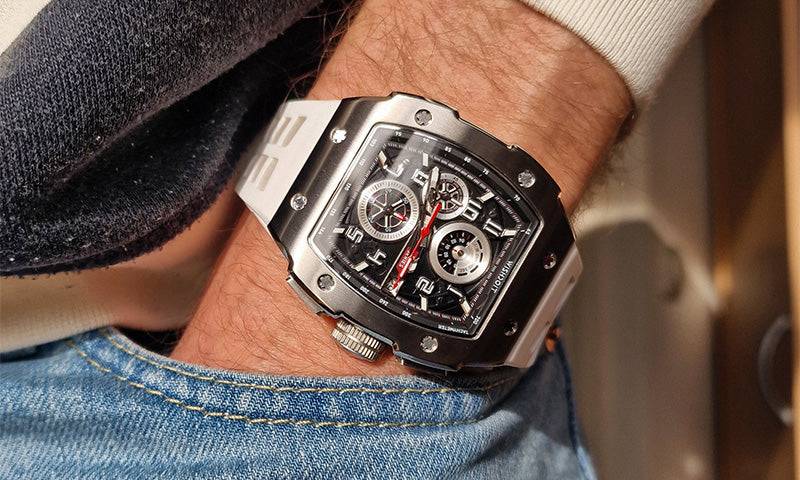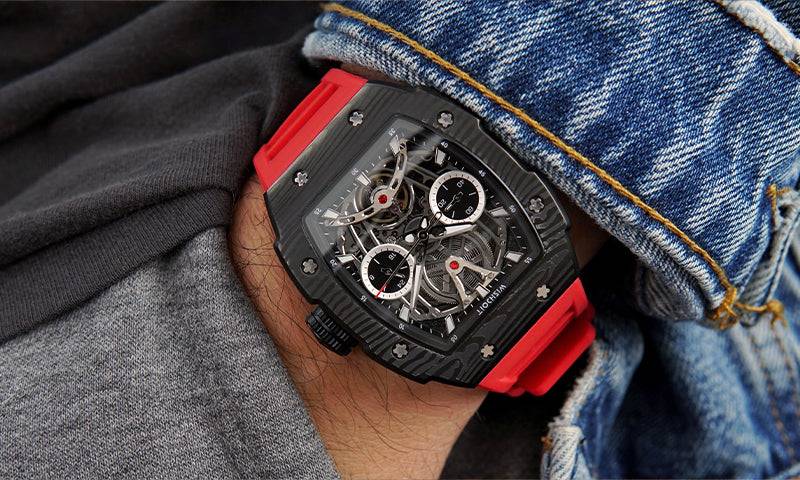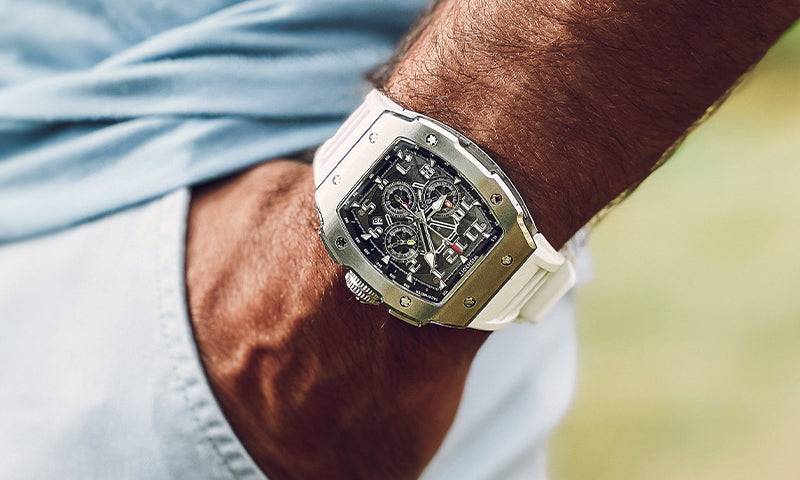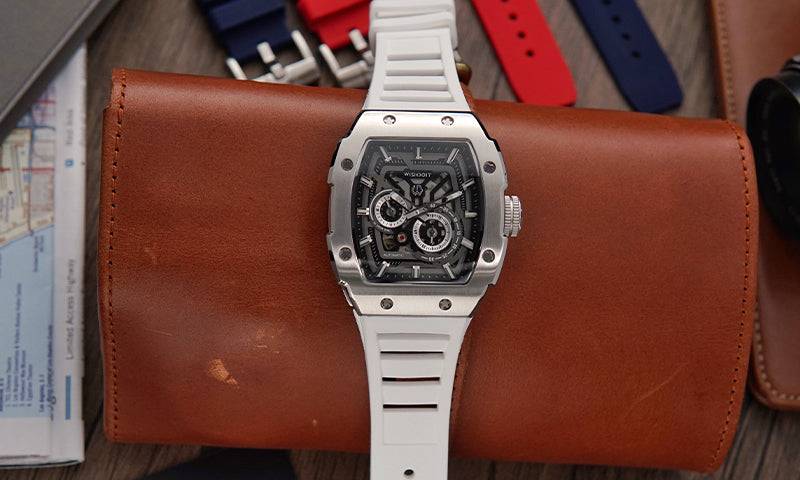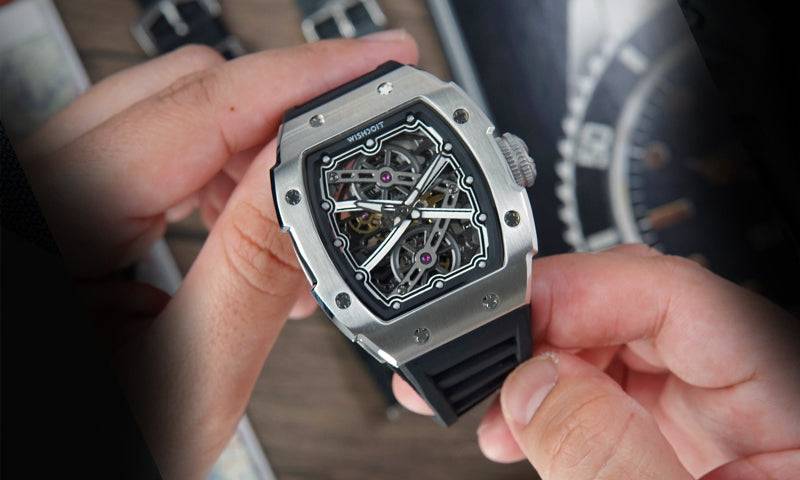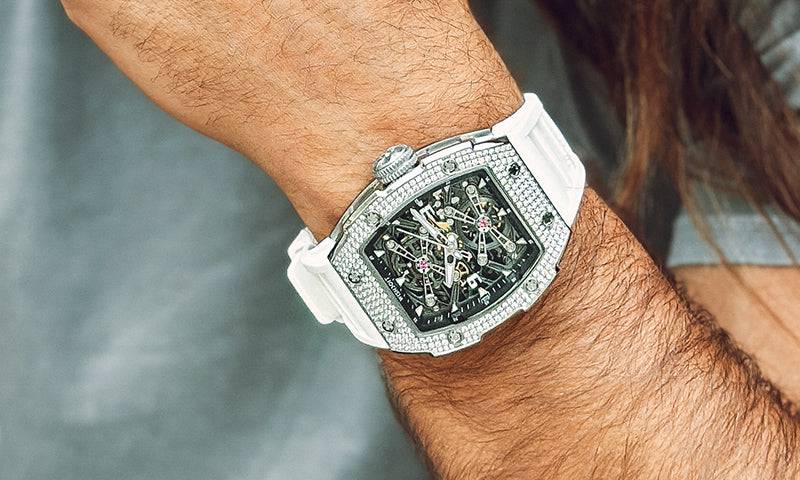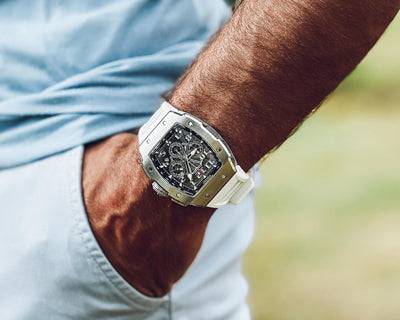Introduction: Watchmaking’s Cultural Significance
Recently, UNESCO Representative List of the Intangible Cultural Heritages of Humanity, shining a spotlight on the rich, intricate artistry that spans generations. This acknowledgement highlights the cultural significance and social impact of watchmaking, particularly in regions like the Swiss and French Jura. One standout example of this artistry is the skeleton watch—a design that reveals the inner workings of the watch, capturing both the complexity and beauty of this heritage craft.

Time Æon Naissance d’Une Montre 2
The Heritage and Impact of Watchmaking
Watchmaking has long influenced the landscape and economy of regions like the Arc Jurassien, spanning from Geneva to Schaffhausen. UNESCO’s recognition not only emphasizes the artistry and dedication of watchmakers but also underscores the importance of preserving these traditional skills for future generations. This designation champions the "Guardians of Watchmaking" who preserve and pass down the knowledge and expertise of this intricate craft.
What Makes Skeleton Watches So Unique?
Skeleton watches offer a window into the detailed mechanics of watchmaking. Unlike traditional watches, a skeleton watch reveals its complex movement, allowing the wearer to witness the gears, springs, and escapements in action. These timepieces are true marvels of engineering, embodying the artisanal skills celebrated by UNESCO.
- Men’s Skeleton Watches: With openwork dials that reveal intricate mechanisms, these watches are more than functional; they’re a statement piece.
- Automatic Skeleton Watches: Featuring self-winding technology, these models harness the movement of the wearer’s wrist to maintain power, fusing modern convenience with traditional craftsmanship.
Sketch of the completely handmade fusée and chain of the third Naissance d’une Montre that’s being made by Ferdinand Berthoud
Unveiling the Craftsmanship Behind Skeleton Watches
Skeleton watches reveal the artistry involved in their creation, with their transparent dials offering a window into the complex movements. Each watch is a masterpiece, meticulously crafted to display an interplay of precision, balance, and rhythm. From luxury models to automatic skeleton watches, these designs exemplify the dedication and skill of artisans who work tirelessly to perfect each movement.
- Luxury Skeleton Watches for Men: These timepieces combine elegance with technical sophistication, making them a cherished item for collectors and those with a keen eye for craftsmanship.
- How Skeleton Watches Work: With every tick, the movement of gears, levers, and springs is visible, illustrating the mechanical principles that power the watch—a captivating display of craftsmanship that no battery-operated timepiece can replicate.

Guardians of Watchmaking: Preserving Tradition
Long before UNESCO’s recognition, master watchmakers like Robert Greubel, Stephen Forsey, and Philippe Dufour formed the Time Æon Foundation. This initiative aimed to preserve traditional handcraft techniques through training programs like “Naissance d’une Montre” (Birth of a Watch), which immerses new watchmakers in the art of creating handmade timepieces from scratch.
This dedication to traditional methods ensures that the skills and values of watchmaking are passed down, allowing future generations to appreciate the artistry and complexity that skeleton watches represent.

The Role of Traditional Handcraft in Modern Watchmaking
Despite advances in watchmaking technology, traditional methods remain at the heart of the craft. Skeleton watches are often crafted by hand, with artisans meticulously arranging hundreds of tiny parts. This dedication ensures each watch is not only functional but also a piece of art in its own right. The “Guardians of Watchmaking,” as they are often called, continue to pass on these valuable skills, safeguarding the craft’s future.

FAQs About Skeleton Watches
Q: What makes a skeleton watch unique?
A: Unlike standard watches, skeleton watches feature exposed movements, allowing wearers to see the intricate mechanics at work.
Q: Why are skeleton watches popular among collectors?
A: Collectors value skeleton watches for their craftsmanship, transparency, and the chance to observe the mechanical intricacies in real-time.
Q: Do skeleton watches require special maintenance?
A: Skeleton watches, like other mechanical watches, benefit from regular servicing every 3-5 years to maintain optimal performance.

Conclusion: Skeleton Watches as a Legacy of Art and Innovation
The artistry of skeleton watches lies not only in their technical excellence but also in their ability to connect us with the heritage of watchmaking. Recognized by UNESCO as part of humanity’s intangible cultural legacy, these timepieces embody both the historical significance and modern appreciation of horology. Whether you are a seasoned collector or a casual enthusiast, owning a skeleton watch is a celebration of human creativity, mechanical mastery, and timeless beauty.







